Geometry defines how your bike rides, influencing your weight distribution, riding position and, ultimately, your confidence on the trail.
In the last few years, most frame manufacturers have pushed hard to stay ahead of the curve, moving further towards ‘progressive’ slack and low geometry, without pushing into the realms of the absurd.
However, aside from a few outliers, the curve seems to be flattening, which begs the question: after 50 years of mountain biking, have manufacturers finally got geometry right?
Mountain biking began in 1970s California with the creation of klunkers. These rigid steel frames were inspired by beach cruisers and the motocross bikes of the day. They had slack head angles, low bottom brackets and long wheelbases to maximise stability.
As purpose-built mountain bikes began to hit the mainstream around a decade later, their geometry looked more akin to road bikes. Stems grew longer, wheelbases shrank and head angles began to steepen.
Thankfully, those days are well and truly over. In the last 10 years, the development of progressive geometry has accelerated. Industry outliers, increasingly technical trails and racetrack research adn development have all played their part in the continuous evolution of what MTB geometry looks like today.
Are we still on a curve of innovation, or has the industry started to apply the brakes on progressive geometry? Let’s look at some of the best downhill, enduro and trail bikes to see how their geometry has changed.
Downhill bikes
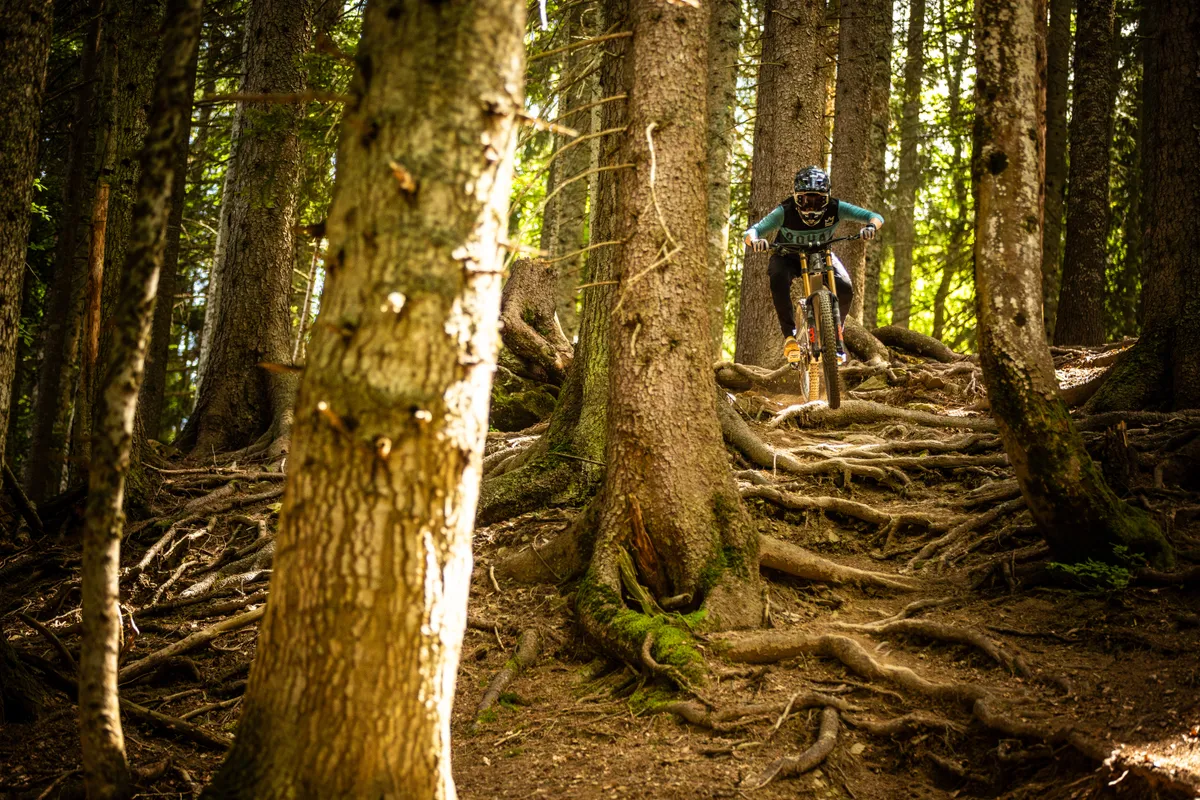
Downhill bikes have to tackle the world’s gnarliest off-road terrain at incredibly fast speeds. They are machines focused on descending, so surely this is where the gnarliest, no-compromise geometry can be found.
Looking at the geometry charts of two of the most popular downhill bikes on the market, the Specialized Demo and Canyon Sender, we can see downhill bike geometry has barely changed in the last five years.
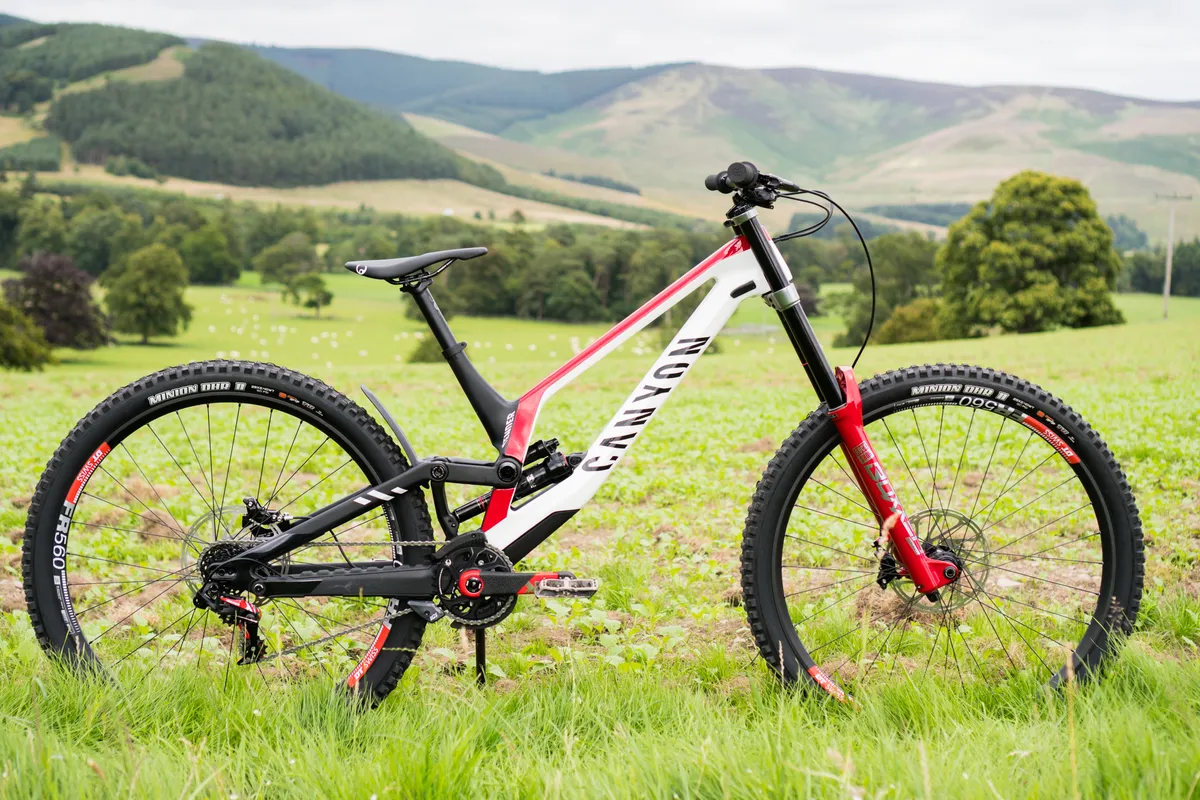
Let’s start with the head angle. Since its launch in 2016, the Canyon Sender has stuck with the same 63-degree head angle, despite being revised a handful of times.
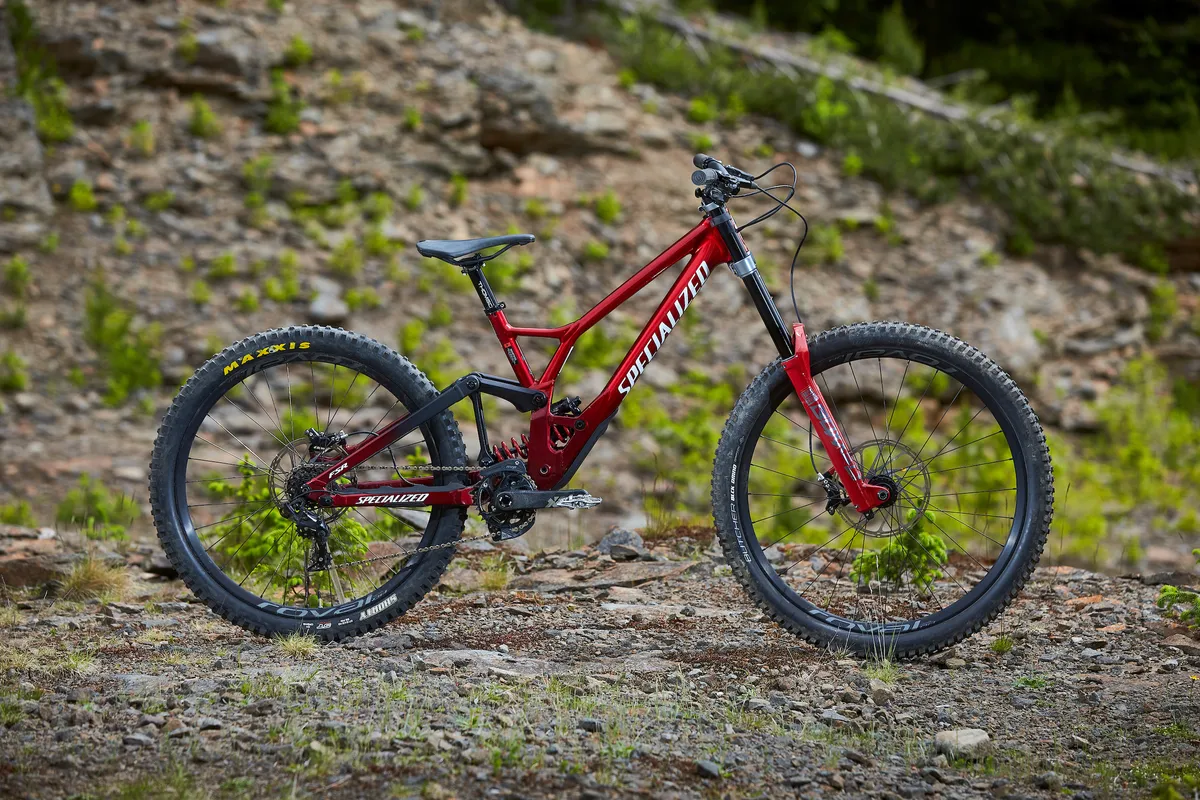
Comparatively, the Specialized Demo, which sported a 63.5-degree head angle back in 2018, now sits at 63.2 degrees as standard. The head angle underwent a considerable slackening in 2019 before gradually steepening to within 0.2 degrees of its original head angle.
What about length? Well, the reach grew from 460mm for a size-large Sender to 485mm in 2021, but it hasn't changed since. We see a similar story with the Specialized: a size medium Demo has grown by only four millimetres over the past half-decade.
Enduro bikes
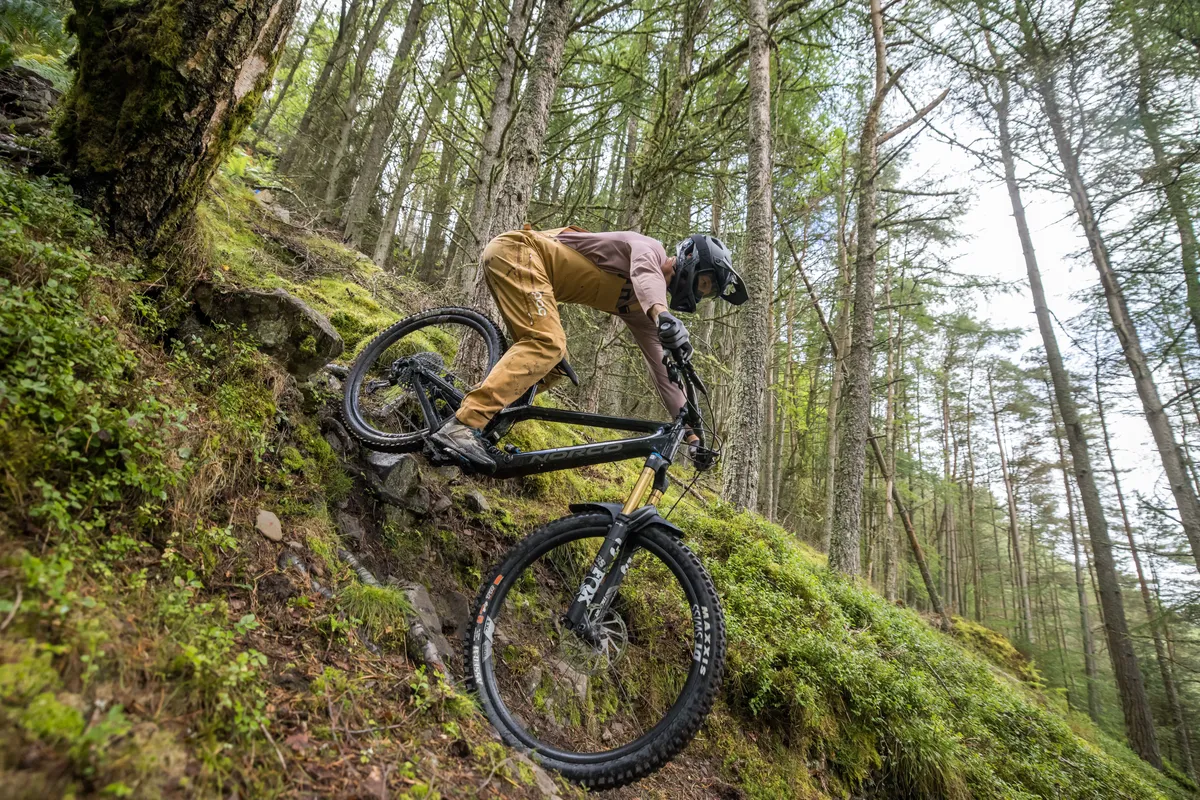
The best enduro bikes are designed to go long distances on extreme terrain and stand up to serious abuse, but you should still be able to pedal comfortably on the transitions between enduro racing stages without having your energy sapped.
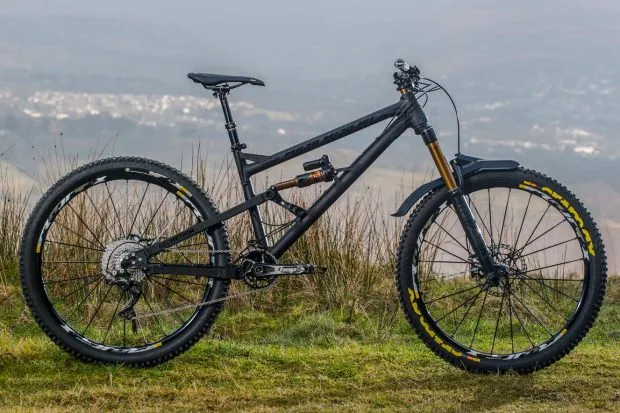
In recent years, brands such as Pole, Geometron and Alutech have pushed enduro geometries into and beyond the realms of downhill bikes, paving the way for more mainstream manufacturers to push the boat out.
So, what do the numbers for enduro bikes from mainstream manufacturers tell us? Let’s look at a stalwart of the enduro scene: the Trek Slash.
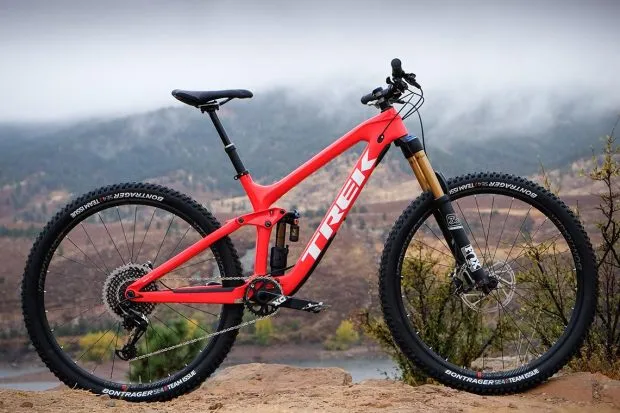
The Trek Slash has undergone a steady evolution over the past five years. As head angles have rapidly slackened and bottom bracket heights dropped, reaches have grown too.
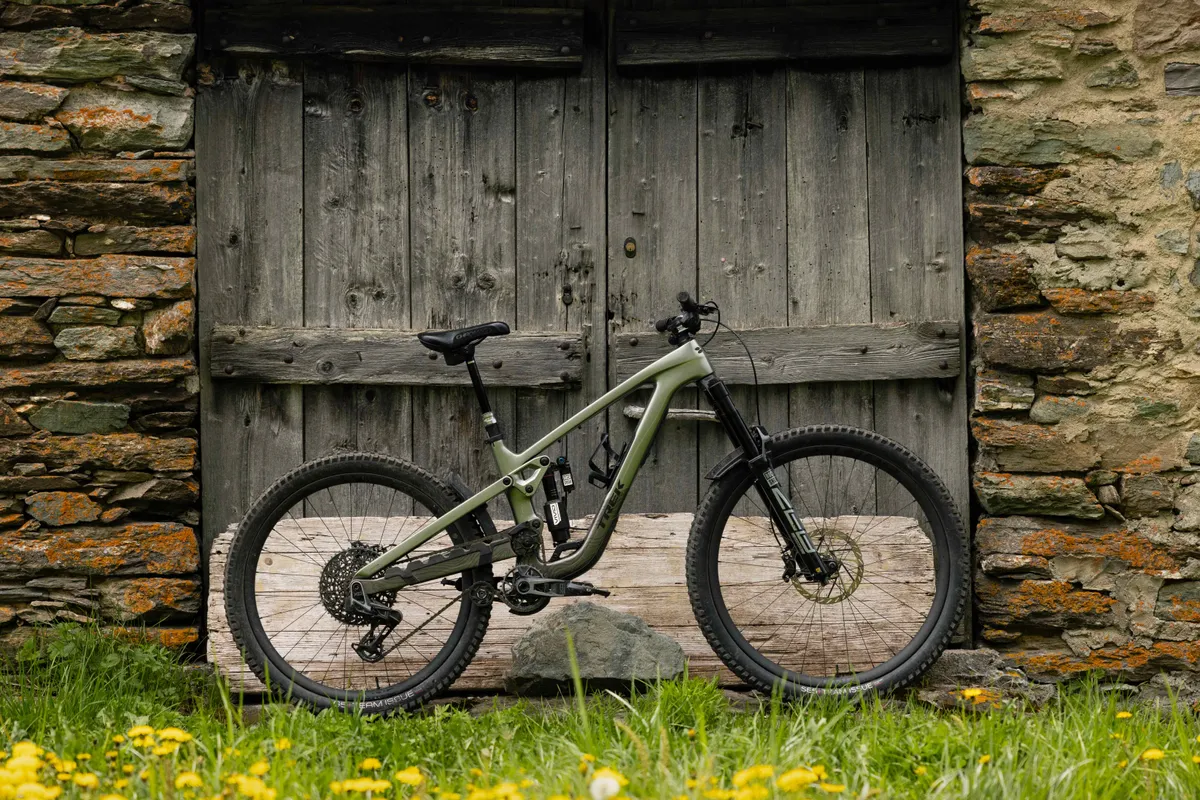
However, Trek's amazing new Slash Gen 6, with its high-pivot wizardry, comes with an 8mm greater bottom bracket height than the previous iteration. The reach has grown since the Gen 5, but only by 4mm.
Interestingly, the head angle is over half a degree slacker than the older model, now coming in at just 63.5 degrees.
For the Slash, it seems as though the rate of change in geometry is slowing, or even reversing, in terms of reach and bottom bracket height. However, we’ve found the head angle change is certainly noticeable on the trail. Will the next Slash be even slacker, or has Trek finally hit the nail on the head?
Trail bikes

With intentions set on delivering maximum fun on a variety of trails, gradients and terrain, trail bikes are the ultimate do-it-all grin-inducers for riders who aren’t fussed about competing.
Most at home at the trail centre, but still fun when riding off-piste tracks or even at the bike park, trail bikes have arguably evolved the most over the past decade.
The Specialized Stumpjumper Evo broke the mould in 2018, becoming one of the most extreme mainstream trail bikes ever brought to market. But how has it evolved over the past five years? Has it got even more extreme?
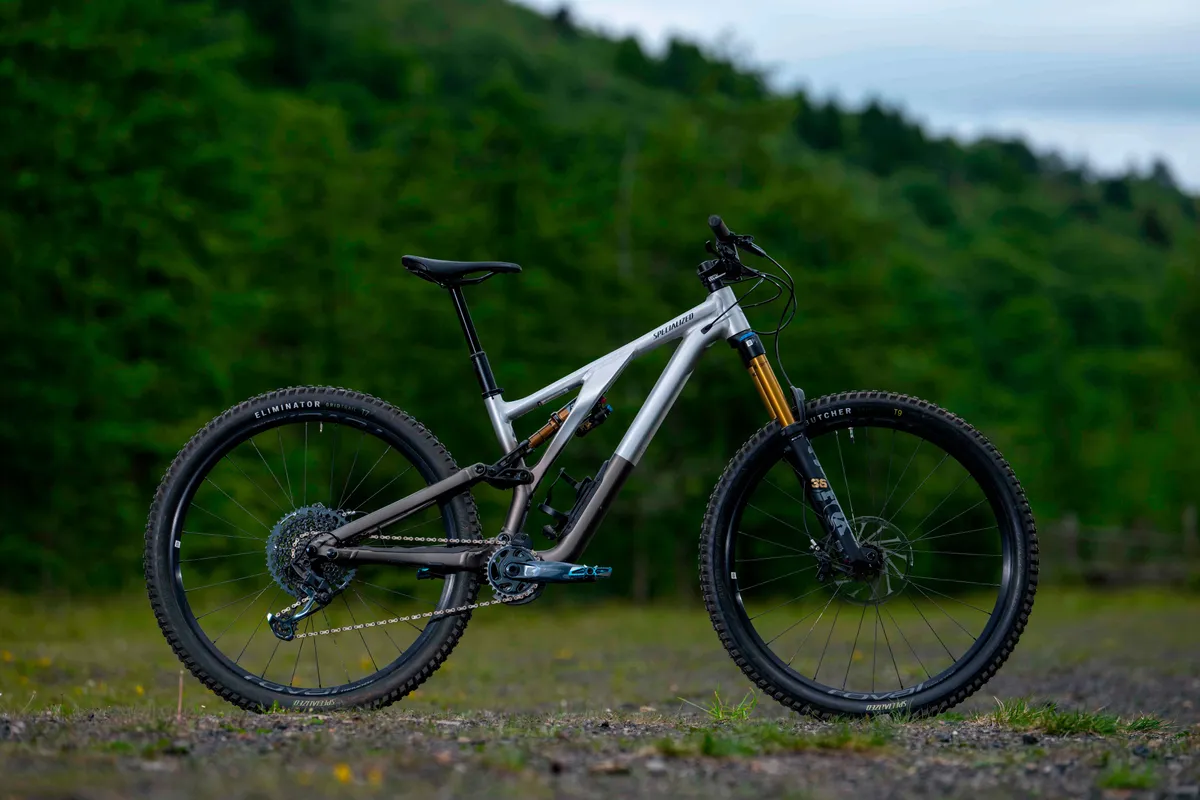
The short answer is no. In fact, the current Stumpjumper Evo has a steeper head angle (by 0.5 degrees) and a higher BB than the 2018 bike. The differences aren’t massive by any means, so Specialized was certainly onto something with the original Stumpjumper Evo. However, it is interesting to note that rather than pushing even further, the brand has decided to slightly reign in its aggressive trail bike.
What does all this mean for riders?
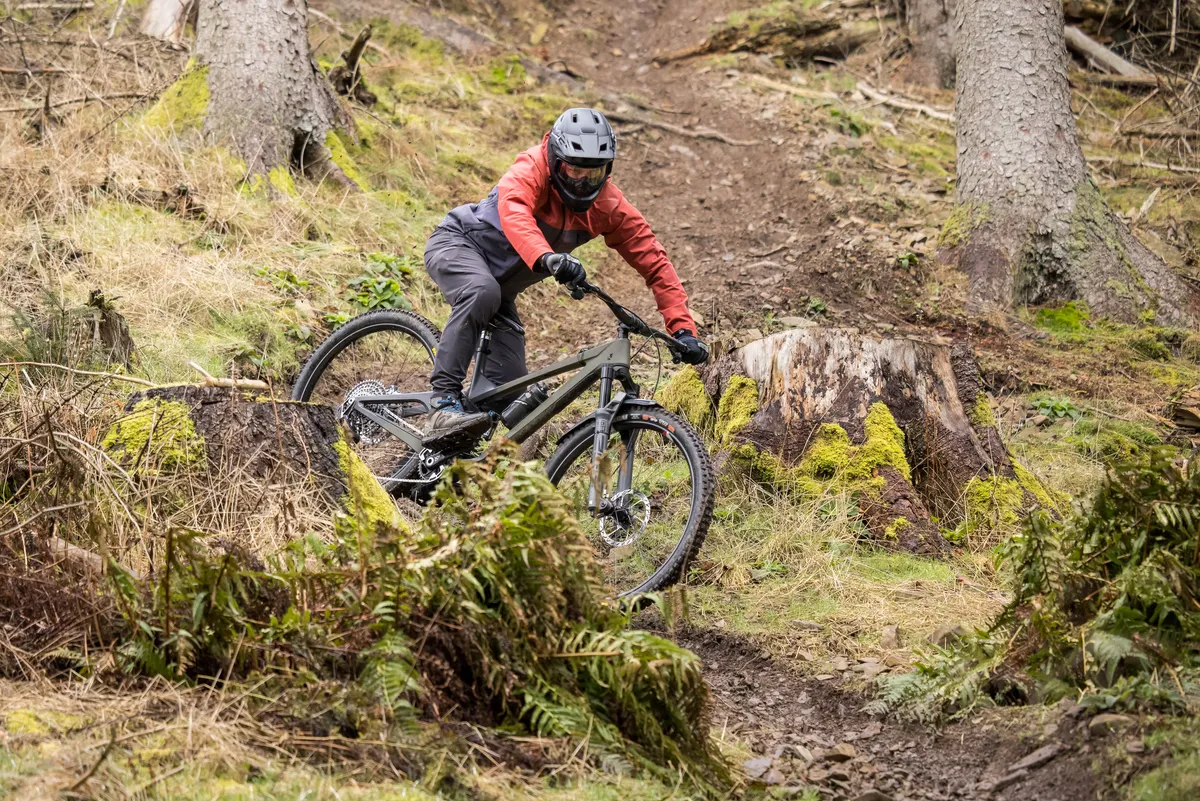
While there are sure to be some tweaks here and there, you can rest assured that the current MTB geometries will still work really well in five years.
In short, mountain bikes are the best they’ve ever been. We’re living in a golden age of fantastic bikes with well-sorted geometry that’s often even adjustable to suit your needs. What a great time to be a mountain biker!
